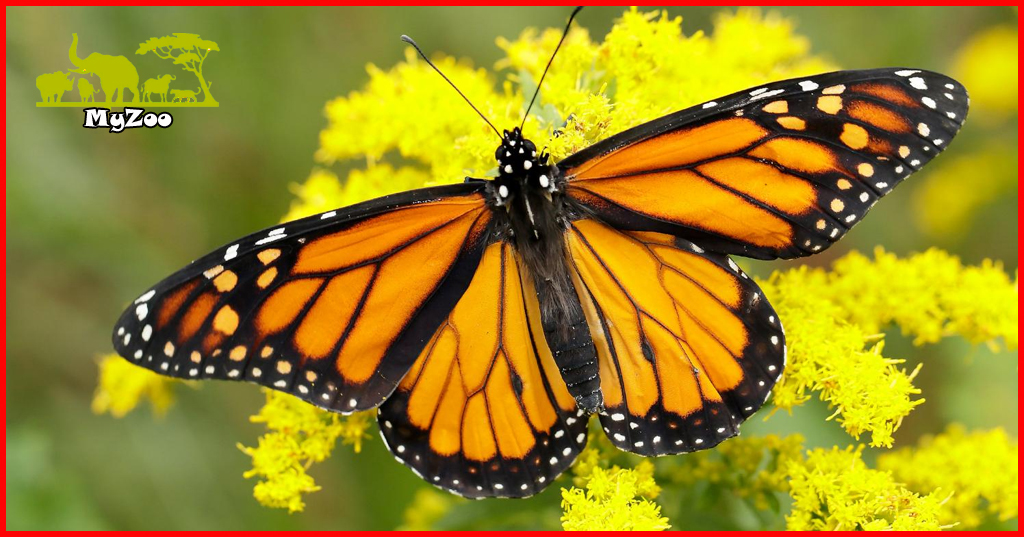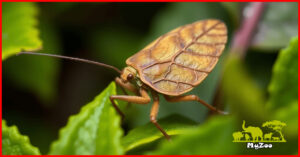
How do the evolutionary histories of butterflies and moths differ?
Butterflies originated in the Cretaceous period and are adapt to daytime activities; moths originated earlier and are mostly nocturnal. These have large wings, beautiful flying postures, and co-evolved with plants for pollination; moths have diverse wings, strong flyiang ability, and a complex relationship with plants.

The Butterflies and moths are both Lepidoptera insects, and they have different development paths and characteristics in their evolutionary history. The following are the main differences in their evolutionary history:
Origin and early differentiation
- Butterflies : The ancestors of butterflies may have differentiated from primitive moths during the Cretaceous period of the Mesozoic Era about 100 million years ago. There are relatively few fossil records of early butterflies, but they may have originated from nocturnal moth ancestors and gradually evolved characteristics adapted to daytime activities.
- Moths : The origin of moths can be traced back to an even older period, with moth-like insects appearing in the Permian period about 280 million years ago. Early moths may have had relatively simple wing structures and living habits, and over time, they gradually differentiated into various morphological and ecological types.
Niche and habit evolution
- Butterflies : In the process of evolution, butterflies gradually adapted to the ecological niche of daytime activities. In order to obtain nectar, they evolved long and curly siphon mouthparts that can penetrate deep into flowers to suck nectar. At the same time, the colors and patterns of butterflies’ wings have become more colorful and diverse, which not only helps them attract the opposite sex, but also serves as a warning and camouflage to avoid natural enemies.
- Moths : Most moths choose a nocturnal lifestyle, which gives them a certain advantage in avoiding daytime predators. In order to adapt to nocturnal activities, moths have developed sensitive olfactory organs that can sense chemical signals in the air to find food and mates. In addition, the wing colors and patterns of some moths have also evolved to be similar to the surrounding environment, forming a good protective color.
Wing structure and the evolution of flight ability
- Butterfly : Butterfly wings are usually large and broad, and the scales on the wings are closely arranged, forming colorful patterns. Its flying ability is relatively weak and its flying speed is slow, but its flying posture is graceful and it can perform various flexible movements in the air, such as circling and hovering.
- Moths : Moths have wings of various shapes, some species have narrow and long wings, others have wide wings. Moths have strong flying ability and high flying speed, and can fly long distances in a short time. Some moths also have special flight adaptations, such as being able to fly in low temperature environments, or to make quick turns and evasive maneuvers during flight.
Co-evolution with plants
- Butterflies : Butterflies and flowering plants have formed a close co-evolutionary relationship. Butterflies rely on nectar as a food source, and in the process of sucking nectar, they also pollinate plants and promote plant reproduction. In order to adapt to the flower structure of different plants, the mouthparts and body morphology of butterflies have also evolved accordingly.
- Moths : The relationship between moths and plants is also very complicated. The larvae of some moths feed on the leaves and stems of plants, causing certain harm to the plants. However, in the long process of evolution, plants have also evolved various defense mechanisms, such as producing toxins and changing the shape of leaves, to resist the invasion of moth larvae. At the same time, some moths have also formed a special symbiotic relationship with certain plants. For example, some moths will pollinate specific plants.


One thought on “How do the evolutionary histories of butterflies and moths differ?”
Comments are closed.